How did Timothée Chalamet prepare for A Complete Unknown?
The intense and immersive journey Chalamet undertook to portray Bob Dylan on screen
(By Carmichael Phillip)
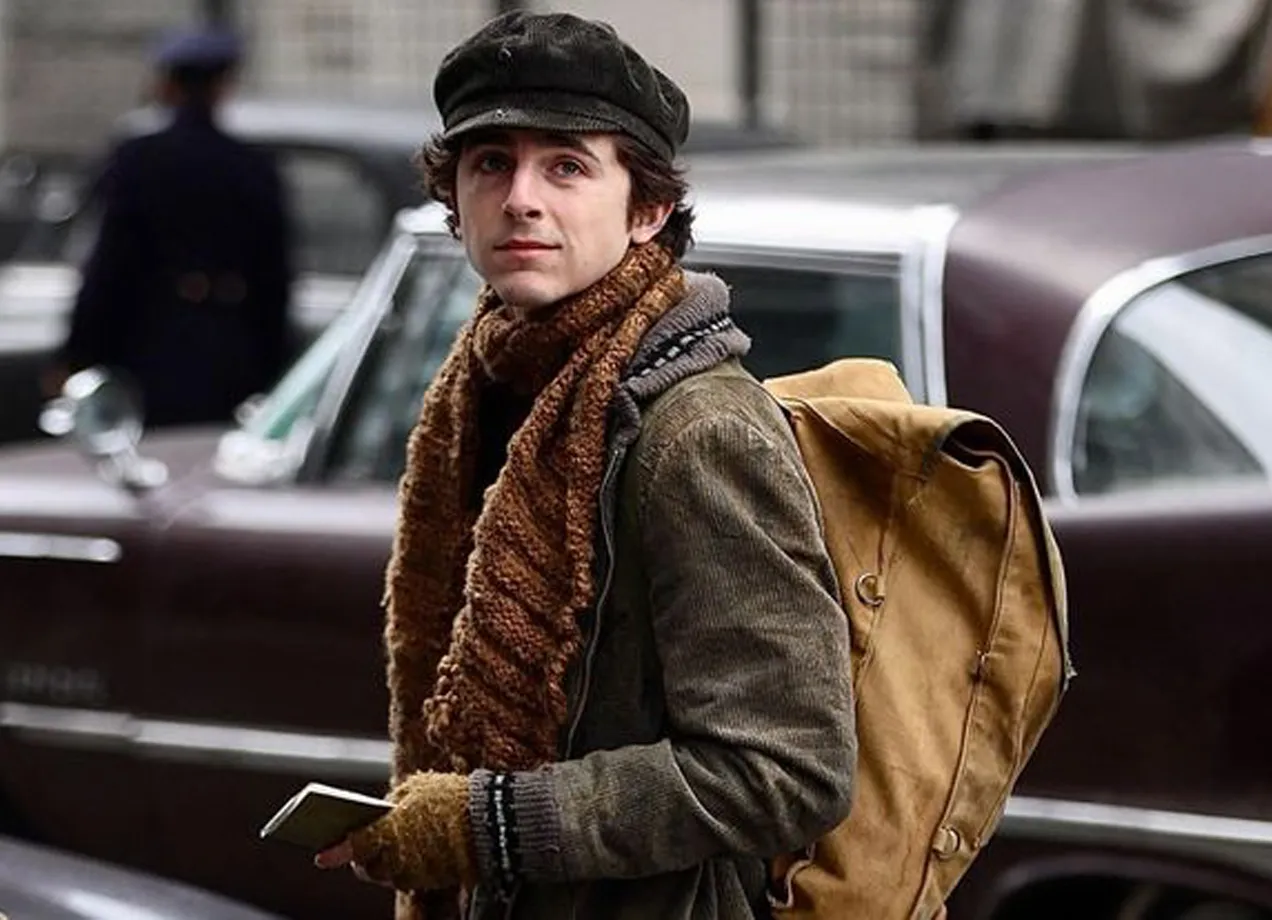
Embodying a Legend: The Challenge of Playing Bob Dylan
Portraying a cultural icon like Bob Dylan is no small feat, and for Timothée Chalamet, stepping into the role for James Mangold’s upcoming biopic A Complete Unknown required more than just talent—it demanded transformation. Known for his intensity and nuanced performances, Chalamet fully immersed himself in the music, mannerisms, and mystique of Dylan, aiming to bring a grounded yet reverent portrayal to the screen.
“I knew I couldn’t just imitate him,” Chalamet told Vanity Fair. “The goal was to understand his spirit—how he saw the world, what drove him, and how that came out through his lyrics and performances.”
The film is set during Dylan’s pivotal years in the 1960s, focusing on his transition from acoustic folk hero to electric rock pioneer—a move that shocked fans and changed music forever. For Chalamet, this meant mastering more than an accent or a walk. It meant learning to sing like Dylan, play like Dylan, and most importantly, think like Dylan.
Voice and Verses: Mastering Dylan’s Vocal Style
One of the most striking aspects of Dylan is his voice—unconventional, nasal, and unmistakable. Chalamet didn’t just lip-sync to old recordings. Under the guidance of vocal coaches and music producers, he trained extensively to sing Dylan’s early hits and lesser-known gems with authentic cadence and emotion.
“We worked with hours of audio from Dylan’s early Greenwich Village performances,” said Erik Jendresen, one of the screenwriters. “Timothée was relentless. He’d come in with his notebook scribbled with phonetic sounds and lyrical interpretations.”
The results have reportedly impressed insiders. Mangold confirmed that all the vocals in the movie are performed live by Chalamet himself. “He’s doing everything. He’s playing the guitar, he’s singing,” the director told Collider. “It’s an incredible performance.”
A particularly challenging number was Dylan’s 1965 hit “Like a Rolling Stone.” Chalamet trained for weeks just to get the right energy and delivery of the song. “There’s a weariness in Dylan’s voice that comes from his soul,” he said. “I had to figure out what that weariness meant for me.”
Strumming for Real: Guitar and Harmonica Boot Camp
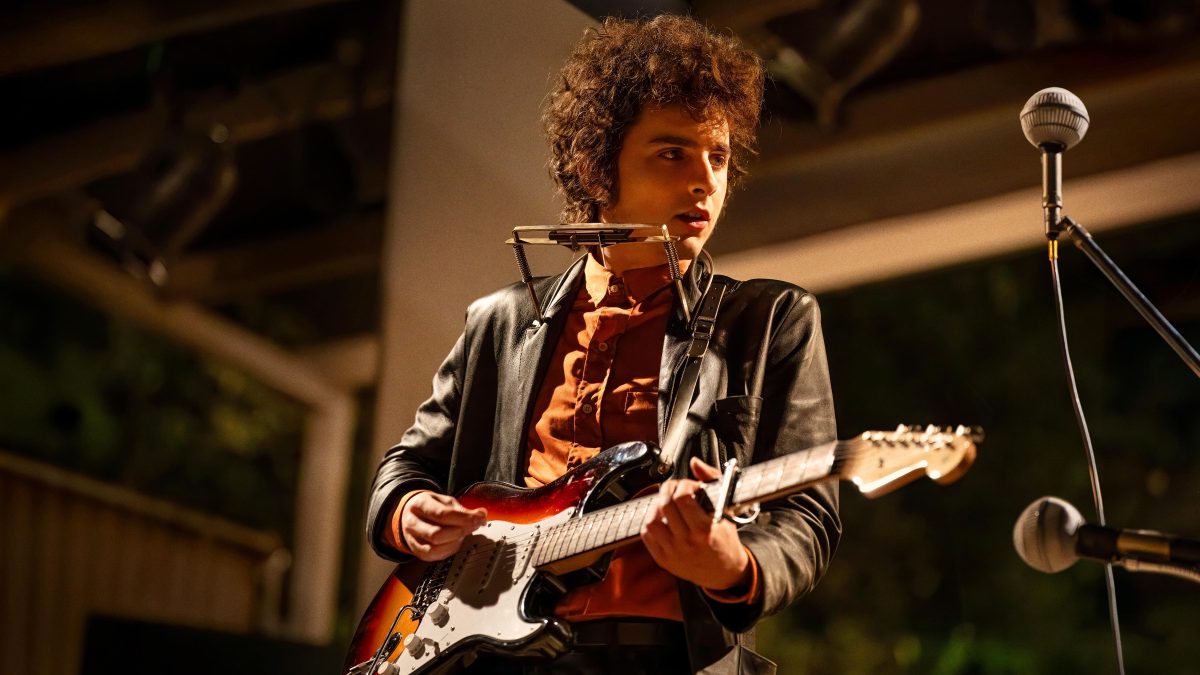
Before A Complete Unknown, Chalamet had dabbled in guitar playing but never seriously. For this film, he spent six months in music training, focusing on Dylan’s finger-picking style and harmonica phrasing.
Renowned session musician T Bone Burnett, who helped with the film’s musical arrangements, praised Chalamet’s dedication: “He didn’t just want to play the chords—he wanted to feel the strings the way Bob did. That’s the difference between imitation and embodiment.”
Part of the challenge was learning Dylan’s erratic strumming patterns and open tunings. Many of Dylan’s songs also include complex harmonica parts, played while singing and strumming. Chalamet had to master the coordination of these elements simultaneously—something even seasoned musicians find difficult.
“I practiced until my fingers were raw,” Chalamet admitted in an interview with The Hollywood Reporter. “Some nights I’d just fall asleep with the guitar in my lap. It was exhausting but beautiful.”
The Look of Dylan: Hair, Clothes, and Posture
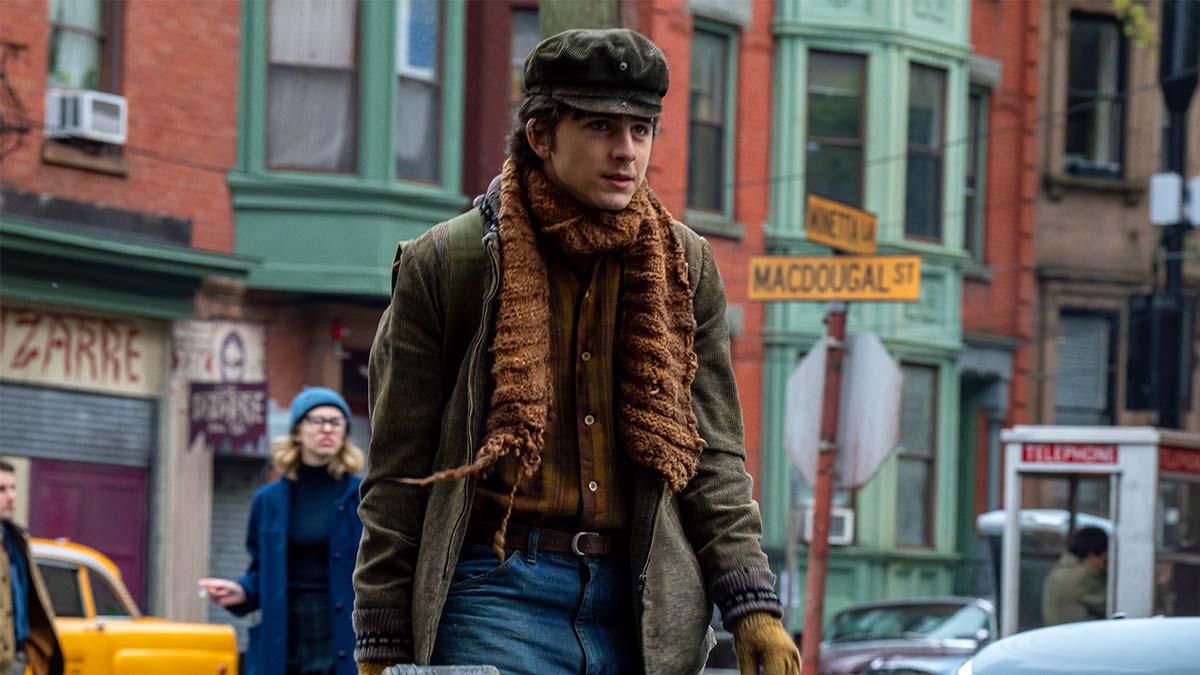
To become Dylan physically, Chalamet underwent a major transformation in hair, wardrobe, and body language. The hair was key—Dylan’s iconic tousled mop and thin, wiry build are instantly recognizable.
Makeup artists and hairstylists collaborated closely with the actor to craft a natural yet vintage look that felt authentic to the 1960s folk scene. He also studied Dylan’s posture and walk: the slightly hunched shoulders, the cigarette held just so, the gaze always looking through people rather than at them.
Costume designer Arianne Phillips, known for her work on Once Upon a Time in Hollywood, curated a wardrobe of period-specific vintage jackets, boots, and shades. “Every piece told a story,” Phillips said. “Timothée wore them with reverence. He didn’t play Dylan; he wore Dylan.”
Chalamet immersed himself in Dylan’s public appearances, watching dozens of interviews, press conferences, and concert footage. “I watched the 1965 documentary Don’t Look Back on repeat,” he said. “Dylan’s presence is so layered—it’s guarded, charismatic, mischievous, and always a bit elusive.”
Inside the Mind: Understanding Dylan’s Philosophy
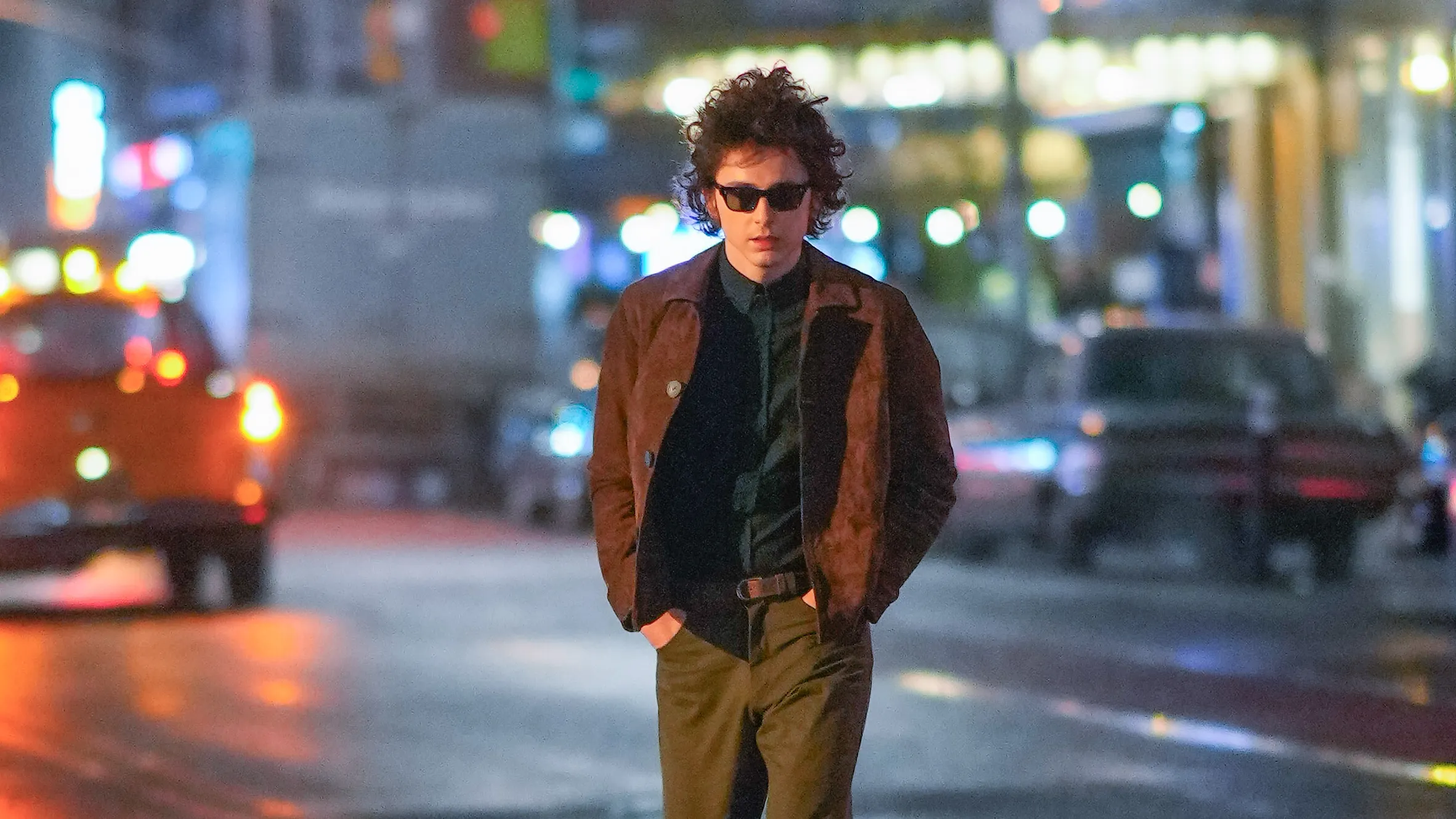
Beyond the surface, Chalamet knew the performance hinged on grasping Dylan’s unique worldview. He dove deep into the writings, poetry, and influences that shaped Dylan’s early lyrics—from Woody Guthrie to the Beat poets, from Rimbaud to the Book of Revelation.
“He’s a mystery,” Chalamet said. “But if you spend enough time with his words, a thread starts to appear. There’s cynicism, but also hope. Anger, but also deep compassion.”
To channel Dylan’s inner turmoil and artistic drive, Chalamet worked closely with director James Mangold and a team of dramaturgs. They discussed the cultural upheaval of the ’60s, the burden of fame, and Dylan’s desire to escape being pigeonholed as a protest singer.
One breakthrough moment came while reading Chronicles: Volume One, Dylan’s own memoir. “It’s where I started to get it,” Chalamet said. “His words don’t offer easy answers, but they make you see the world differently.”
Living the Life: Method Acting in Greenwich Village
To truly absorb Dylan’s environment, Chalamet temporarily moved to Greenwich Village, the heart of New York’s folk scene during the 1960s. He frequented old cafés, wandered Bleecker Street, and played at open mic nights under a pseudonym.
Locals reported seeing him scribbling lyrics in Moleskine notebooks, busking with an old Gibson guitar. “I didn’t tell people who I was,” Chalamet revealed. “I just wanted to feel what it’s like to play for strangers and be ignored—or noticed.”
His immersion didn’t stop there. He visited Dylan’s childhood home in Hibbing, Minnesota, and interviewed musicians who’d crossed paths with the singer in his early days.
“It was a form of time travel,” Chalamet said. “I wanted to collapse the distance between now and then, between me and him.”
Reaction from the Dylan Camp
Perhaps the most meaningful sign of approval came from the man himself. Though Bob Dylan has kept mostly quiet about the film, insiders suggest that he granted his blessing after reviewing Chalamet’s screen tests and music samples.
“He was impressed,” a source close to Dylan’s management team told Rolling Stone. “He saw someone who cared deeply about the music and the message. That mattered.”
Director James Mangold later confirmed that Dylan has been “very supportive” and provided access to archival material, lyrics, and unreleased footage.
T Bone Burnett added: “We didn’t want to make a myth. We wanted to make a man. And Dylan saw that.”
A Performance That Could Define a Career
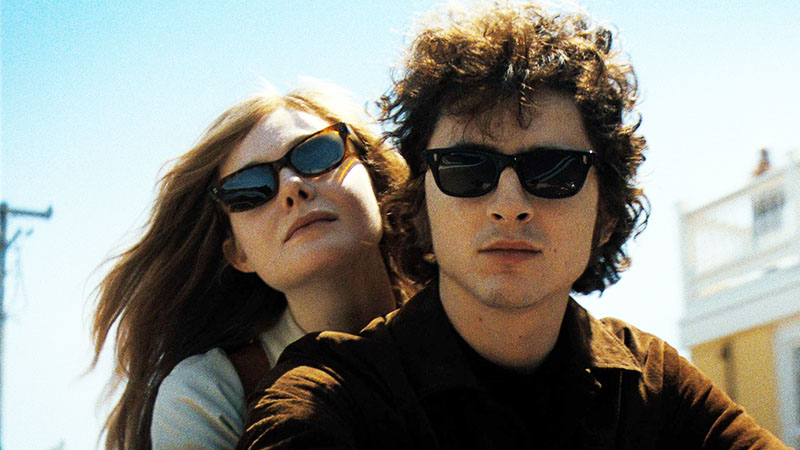
Timothée Chalamet has played many roles—from the lovesick Elio in Call Me by Your Name to the brooding Paul Atreides in Dune. But A Complete Unknown may mark his most daring transformation yet.
With awards buzz already swirling and early screenings drawing praise, Chalamet’s dedication appears to be paying off. Critics who’ve seen footage call it “electric” and “eerily convincing.”
“I’ve never worked harder on a role,” Chalamet confessed. “But I’ve also never felt so honored. This isn’t just a movie about Dylan—it’s about what it means to be an artist, to risk everything for your voice.”
Whether or not the film becomes a box office hit, Chalamet’s preparation offers a glimpse into the rigor, empathy, and vulnerability required to portray a living legend.
As Dylan himself once sang: “He not busy being born is busy dying.” With A Complete Unknown, Chalamet chose to be born into something entirely new.



